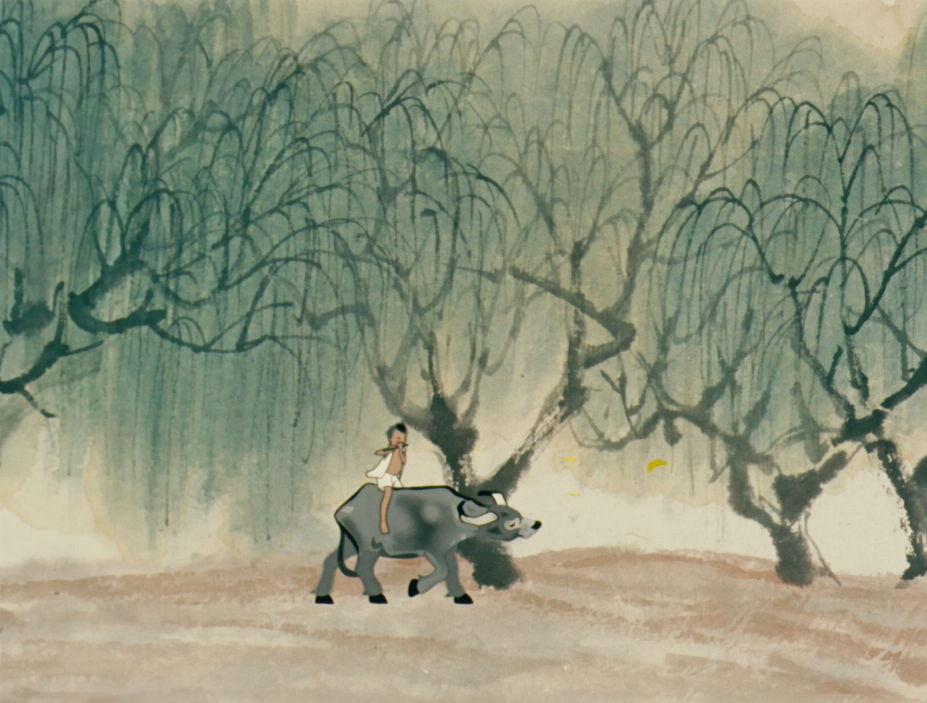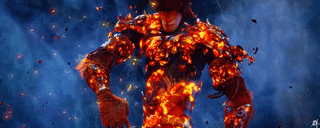Summary: This article examines the diverse developmental stages of Chinese animation, elucidating its unique traits and interconnectedness, aiming to provide a directional reference for theoretical and industry advancement.
Over the past century of Chinese animation development, different historical periods have witnessed various conceptual expressions, from the “cartoon films” of the Republican era to the “fine art films” of the early People’s Republic of China, and later transitioning to the era of market economy with terms like “animation” and “domestic animation.” These changes in concepts were not random but rather had intrinsic significance, reflecting the trajectory of artistic evolution and future development trends of Chinese animation.
I. “Cartoon Films” and the Genesis of Chinese Animation
During the Republican era, the inception of Chinese animation was referred to as “cartoon films,” which derived from the transliteration of the English term ‘cartoon.’ In actuality, it referred to a type of cartoonish animation. American animation influenced early Chinese animation, such as the works introduced by the Wan brothers from the United States. Under the banner of “Wan Brothers Cartoon,” they produced a series of “American-style” cartoon films, with landmark works like Princess Iron Fan (1941).

II. “Fine Art Films” and Nationalization
However, after the establishment of the People’s Republic of China, the term “cartoon films” from the United States was no longer suitable. Chinese animation completely entered the era of “fine art films” with the establishment of the Shanghai Animation Film Studio, marking an ideological “de-Americanization.” Fine art films emphasized national characteristics, selecting themes from Chinese traditional culture such as ink painting, paper-cutting, and origami, as well as Chinese mythology and folklore. Although fine art films represented a direction towards nationalization and received recognition in international art awards, their niche characteristics did not make them stand out in the market.


III. Animation and Recartoonization of Chinese Animation
With the advancement of reforms and economic restructuring, the Chinese animation industry faced new challenges and opportunities. In 1993, the term “animation” became popular, emphasizing the combination of animation and comics, marking a return animation trend to cartoony styles. The emergence of the animation concept meant that Chinese animation began to move towards internationalization, drawing extensive inspiration from American and Japanese animation models.

IV. Domestic Animation and Re-Nationalization
However, the era of animation also brought about some problems, such as excessive imitation and inconsistent quality. After 2012, the Chinese animation industry began to adjust and upgrade, advocating for higher-quality works. Against this backdrop, the concept of “domestic animation” emerged, emphasizing the national characteristics of Chinese animation, and retaining cartoon elements while emphasizing national development. Representative works include Monkey King: Hero is Back(2015), which has had a significant impact both domestically and internationally.

In conclusion, the evolution of concepts in different periods of Chinese animation reflects the continuous exploration and transformation of artistic styles, production modes, and cultural expressions. From “cartoon films” to “fine art films,” and then to “animation” and “domestic animation,” Chinese animation has demonstrated a diverse range of creative styles and cultural connotations, heralding a vibrant future for the Chinese animation industry.